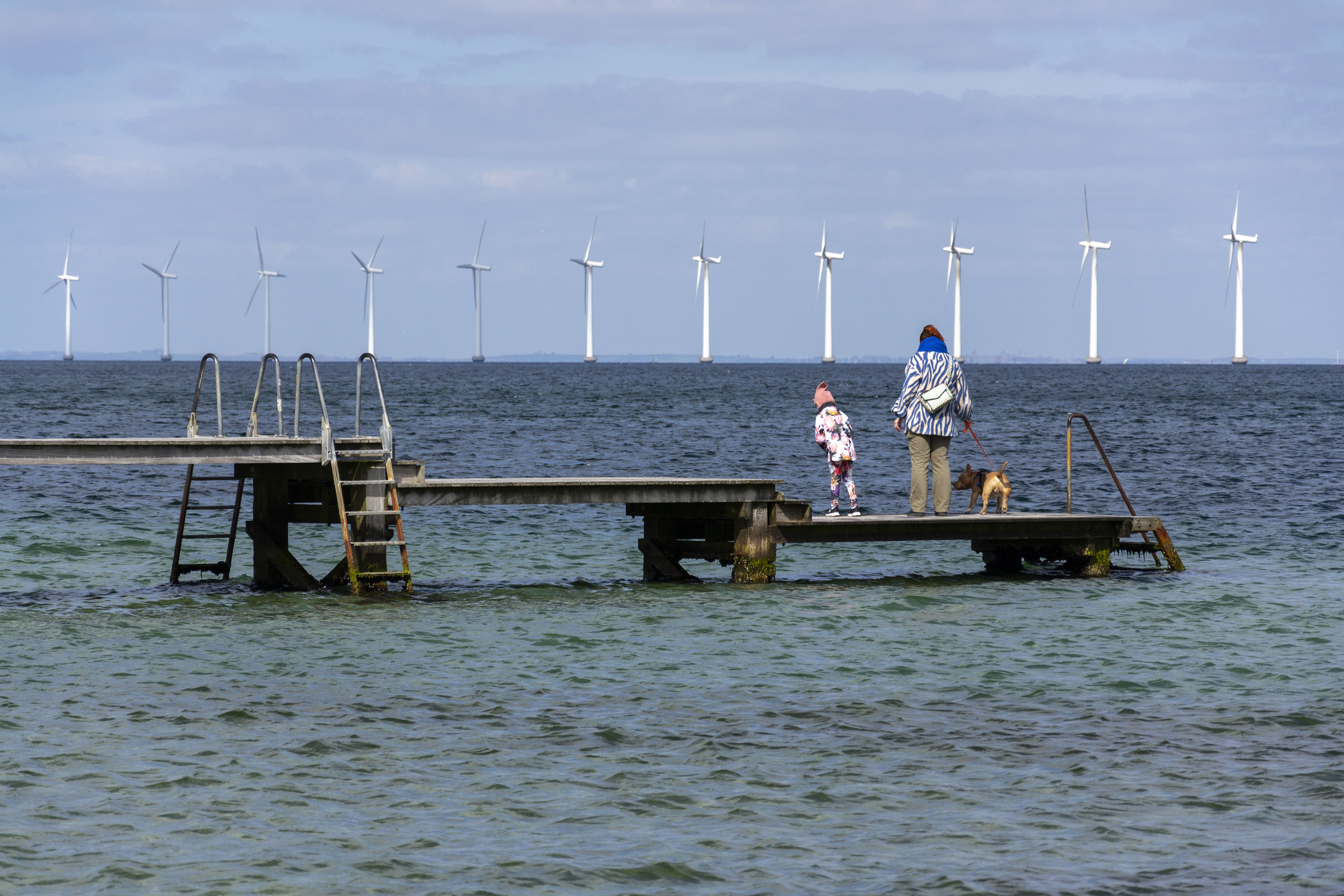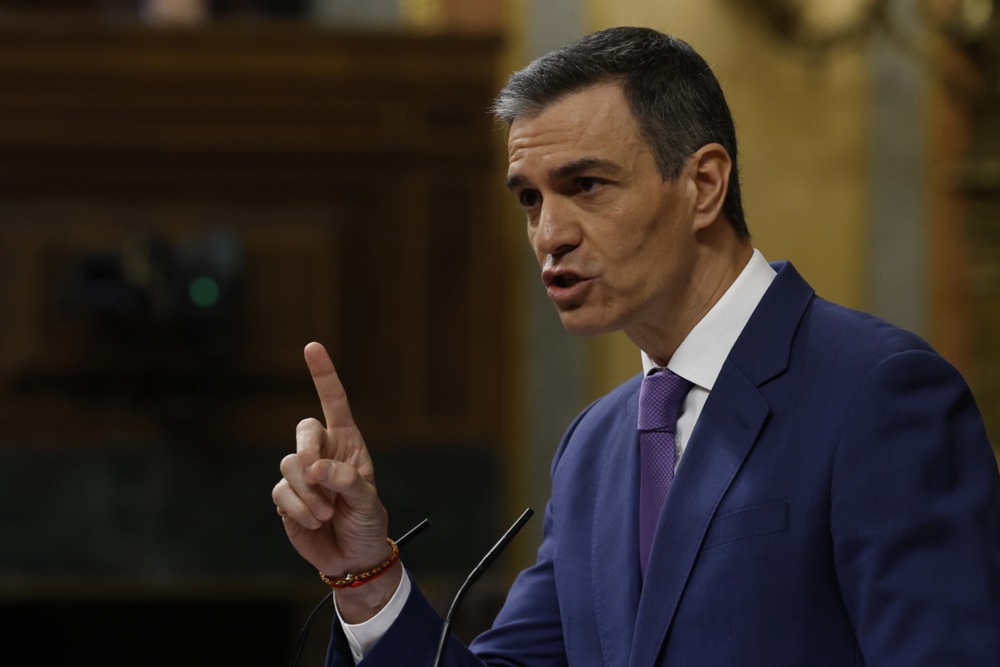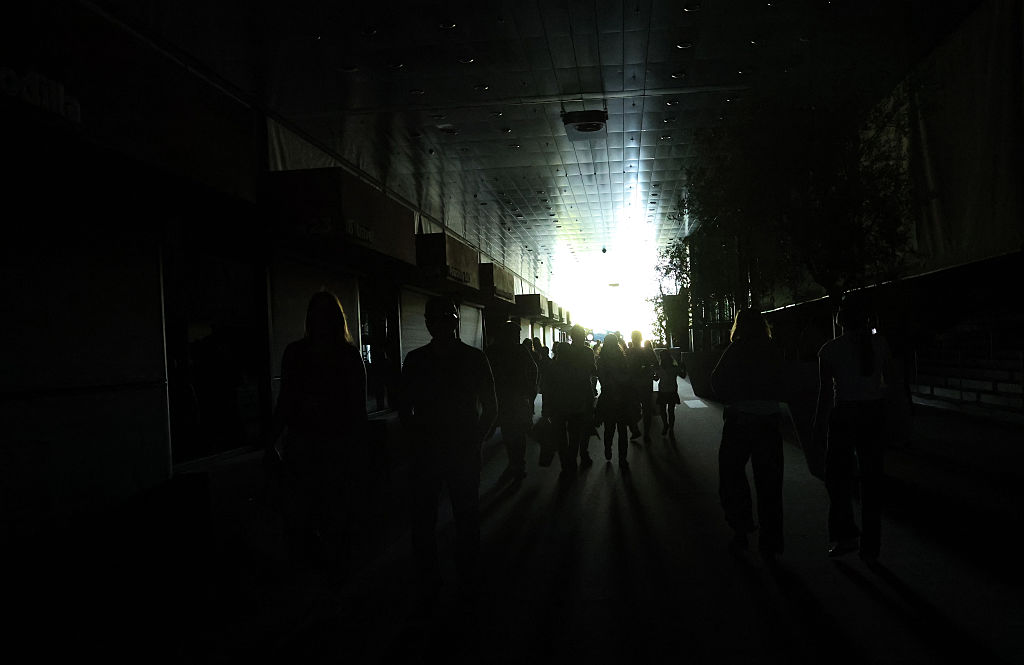Dutch consumers could pay three times as much for electricity after an ambitious offshore energy expansion, barring a massive change to the current financing model.
The average household grid tariff in the Netherlands could nearly triple after new planned wind power projects, from €400 today to more than €1,100–according to Dutch public broadcaster NOS .
State-owned transmission system operator TenneT plans to invest €88 billion by 2040 to connect a new fleet of North Sea wind parks to the Dutch mainland network.
The expansion is key to meeting the country’s national climate targets: by 2033, offshore wind is expected to supply around 75 per cent of the Netherlands’ electricity demand.
Currently, grid costs are passed on directly to Dutch consumers through fixed tariffs.
The expensive new infrastructure will include hundreds of kilometres of undersea cables and large offshore converter platforms.
As projects move farther out to sea, such as with the Netherlands’ offshore IJmuiden Ver and Nederwiek wind farm zones, their technical complexity and costs increase.
So far, all this will be paid for in higher annual household and business grid fees, a model which continues to be the default, even as the government reviews other alternative options–ones that could include drawing on other parts of the government budget.
The offshore wind build-out also requires more up-front investment than previous land-based wind upgrades.
Each new off-shore wind farm zone will need a tailored high-voltage link, and greater cooperation between marine, environmental, and industrial authorities.
Analysts say there is a risk of delays due to regulatory uncertainty, shifting tender conditions, and pressure on supply chains.
Some developers are becoming more selective in the wind-farm projects they take on.
Rising inflation and uneven profitability have already slowed down new projects in other European countries, including France, reports French daily Les Échos.
Still, the Dutch government is pressing forward, hoping new technical innovations—such as hybrid wind-solar parks and electrified offshore platforms—could improve long-term returns, according to industry publication Duurzaam Ondernemen.
Port authorities, cable-laying companies, and engineering firms are all hoping to benefit from these vast new construction contracts.
SBM Offshore, a key player in offshore infrastructure, recently reported a 27 per cent revenue increase in its turn-key division.
It is confident about its own order flow remaining solid, even given broader market volatility, says Beleggers Belangen.
New wind-farm installation developers are also hoping to play a role in industrial decarbonisation.
There are pilots underway for new technologies for carbon capture on off-shore production units, and using zero-emission power supply to data centres, which developers claim could offer potential efficiency gains.
Under the current tariff structure, fixed grid fees apply no matter how much power a household consumes.
While this offers stability for long-term planning, critics argue it disproportionately affects smaller users.
Large industrial actors—expected to benefit most from the influx of renewable electricity—would pay a smaller share of the cost relative to their usage.
The Netherlands’ offshore push is part of an ambitious broader European race, under the Green Deal, to reduce reliance on imported fossil fuels.
But the broader geopolitical balance is shifting, with the EU remaining exposed to volatile LNG markets and ongoing tensions over Russian gas supplies.
In this context, offshore wind’s backers argue building new wind farms is more than a climate strategy, but also a hedge against external shocks.
But with costs rising and benefits unevenly distributed, Europe’s energy transition may be in danger of seeing public support eroding before it has a chance to deliver more energy security.





